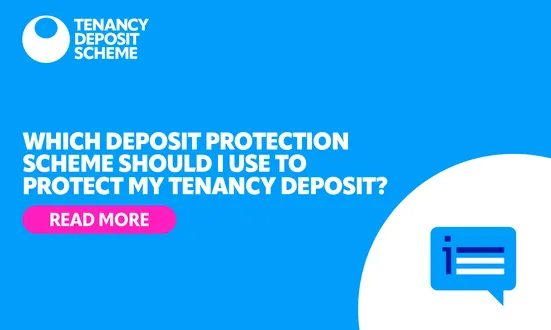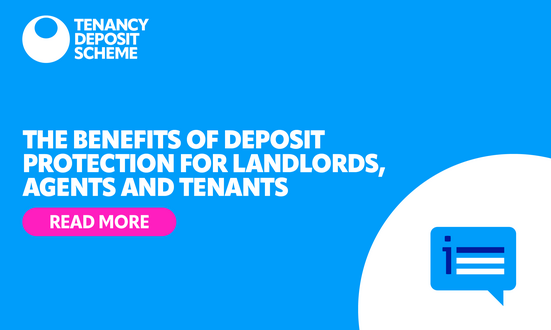In this ExpertView, we look at how landlords can use new rent reporting technology to reduce their risk of non-paying tenants.
Most landlords have experienced that sinking feeling when a tenant fails to pay their rent: Will this tenant turn out to be a ‘bad apple’ rogue non-payer, and is a tiresome eviction process looming that may cost thousands of pounds and take months to sort out?
TV shows such as Channel 5’s ‘Nightmare Tenants…’ show just how hard it is on landlords when bad tenants deliberately set out to avoid paying rent. But can it be prevented?
How landlords can reduce the risk of late payers
Hindsight is a wonderful thing and tenant referencing is one way for landlords to benefit from it – but it’s not a foolproof system; persistent non-payers can too easily outfox some referencing platforms by providing false references.
Landlord insurance is another option, although it reimburses landlords for the cost of lost rent and the eviction process after the issue, so only serves to ‘close the stable door once the horse has bolted’.
Thanks to new technology, there is now a third way to reduce the risk of bad-paying tenants and it’s called rent reporting.
Rent reporting brings transparency to tenant payment histories
Following the launch of Open Banking in the UK during January last year, tenants are now able to prove conclusively to landlords that they have been paying their rent on time in previous tenancies.
Open Banking technology allows tenants to show third parties their bank accounts for specific payments and have them reported to any third party of their choosing.
A range of services have now adopted this technology, but the longest established platform is CreditLadder, which has reported total rent exceeding £125 million.
As the largest supplier of rent reporting data, CreditLadder shares this information with credit reference agencies. Companies can then view that information in a credit report from Experian, for example, ahead of making a lending decision.
This rent reporting information can also be disclosed, with the tenant’s permission, to a prospective landlord without putting personal data at risk.
“Rent reporting is a game changer for the private rental market because it enables landlords to identify regular rent payers. This can make the referencing process easier and quicker, and it drives greater reliability among existing tenants who sign up to use it,” says Sheraz Dar, CEO of CreditLadder.co.uk.
“Referencing can be significantly enhanced by using services like CreditLadder to identify tenants with great rent payment records, and it helps tenants to get through referencing more easily. It’s a ‘win-win’ for both sides.”
For more useful tools and guides for landlords and agents, visit https://custodial.tenancydepositscheme.com/tools-and-guides/
(Look out for the next blog explaining why rent reporting can help letting agents too).
About TDS:
Tenancy Deposit Scheme (TDS) is a government approved scheme for the protection of tenancy deposits; TDS offers both Insured and Custodial protection and also provides fair adjudication for disputes that arise over the tenancy deposits that we protect.
We provide invaluable training in tenancy deposit protection and disputes for agents and landlords through the TDS Academy as well as joining with MOL to provide the Technical Award in Residential Tenancy Deposits.
TDS Insured Scheme: where a TDS member can hold the tenancy deposits as stakeholder during the term of the tenancy.
TDS Custodial Scheme: where TDS hold the deposit for the duration of the tenancy.
TDS Academy: TDS provides property professionals with invaluable training in tenancy deposit protection and tenancy deposit disputes.
TDS can only comment on the process for our scheme, other deposit protection schemes may have a different process/require different steps. Content is correct at the time of writing.
These views are those of the author alone and do not necessarily reflect the view of TDS, its officers and employees.
Other news stories


